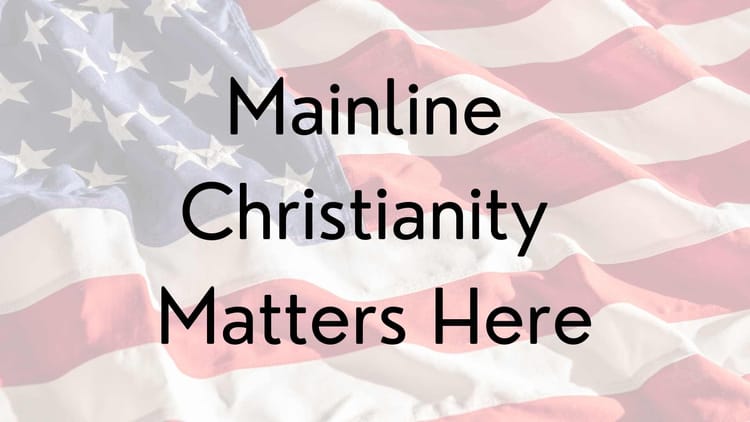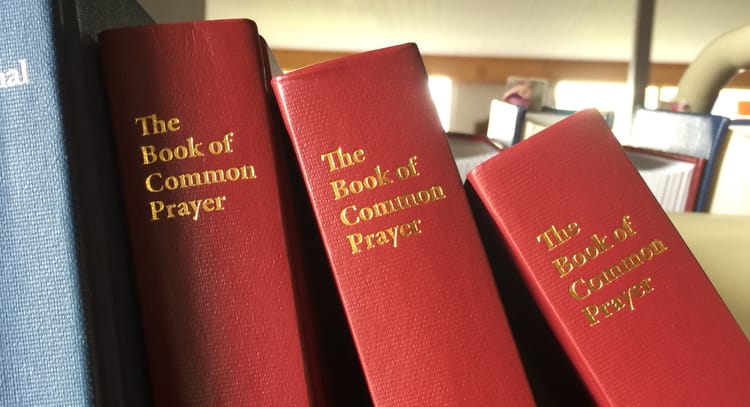Next America 3: Generational Change & the Church’s Future
This post is part of a series summarizing and reflecting on The Next America: Boomers, Millennials, and the Looming Generational Showdown from the perspective of a church leader
Quick Note
Pew Research released a beautiful set of interactive graphs and related video to go along with the book today. It’s worth the 3 minutes it will take you to scroll through them. Click here to check them out.
Section Summary
After the rant about invisible generations in my post on Chapter 2, I was delighted to discover that Chapter 3, “Generation Gaps” takes all living generations into account. It opens with an insightful list of the ways the generations are different:
- Race/ethnicity is shifting. Almost half of the American children born today are nonwhite, the highest ratio ever counted.
- The net worth gap is growing. In 2011, a household headed by someone over 65 had approximately 26 times the net worth of a household headed by someone under 35. In 1984 the ratio was only 10:1.
- Marriage is in decline, with 41% of children being born to an unmarried mother today vs. 5% in 1960.
- Family roles have shifted, with 4 in 10 children having a mother who is either the family’s sole or primary breadwinner.
- Religious affiliation is in decline: 91% of Silents claim an affiliation; 85% of Boomers; 79% of Gen Xers; only 66% of Millennials.
- The Internet is viewed differently: 80% of Millennials think the Internet has changed life for the better, but fewer than half of Silents agree.
The remainder of the chapter provides a generational analysis with the customary caveats about how generational analysis is an imperfect science. There is a thumbnail sketch of each generation: Silents (1928-1945); Boomers (1946-1964); Generation X (1965-1980) and Millennials (after 1980).
Churchwork Reflections
As a church leader, it’s been easy for me to focus on the decline in religious affiliation in younger generations. But seeing this trend along with broader data makes it evident that this is only one small part of a larger cultural shift. The counter-cultural creative individualism which was the Boomer generation’s rebellion against its hyper-institutional Greatest Generation parents has now become the cultural standard. Everyone gets a custom drink at Starbucks, a personalized news feed, and a private cell phone number: it’s just today’s normal.
I see institutions as carriers of meaning across generations, so of course I find this a disturbing trend. But this trend also seems hard to buck. A vicious cycle has begun: trends away from religious participation leave the church necessarily preoccupied with survival. But a church preoccupied with survival is not winsome. Its institutional life contradicts its core theological message: that death is not to be feared. Interrupting this vicious cycle is one of the core tasks of religious leaders today, and it is fundamentally spiritual work.
From Reflection to Action
Reviewing the larger trends has made me realize that there is no simple way to reverse the Millennial generation’s decline in religious affiliation. There are some simple things every church should do to encourage growth (more on that in future posts). But the cultural zeitgeist is so strong that it is critical for the church to engage in strategic thinking. We are called to trust God and seek a future that does not resemble the past. The past will not return.
I’m struck this week by an article I read on the book The Sixth Extinction: An Unnatural History
. The interviewer summarized extinction this way:
the rules of life change more rapidly than life can actually keep up.
Ever since I read this sentence fragment, I’ve been wondering how this truth applies to the church in America today. I don’t think that the church will become extinct, but the data indicates that our existence is more fragile than it has been since the country’s founding. The rules of life have changed, perhaps more quickly than we have been able to keep up. This leaves me with few steps for action and many large questions.
One of my action steps is completing L. Gail Irwin’s ground-breaking book Toward the Better Country: Church Closure and Resurrection
Facing the fragility of the local church is an action one should not take alone, and Gail’s book is an excellent companion. I look forward to writing more about it once I savor the last page.
How do these larger generational trends strike you? What do you think they imply for the church’s future?





Member discussion